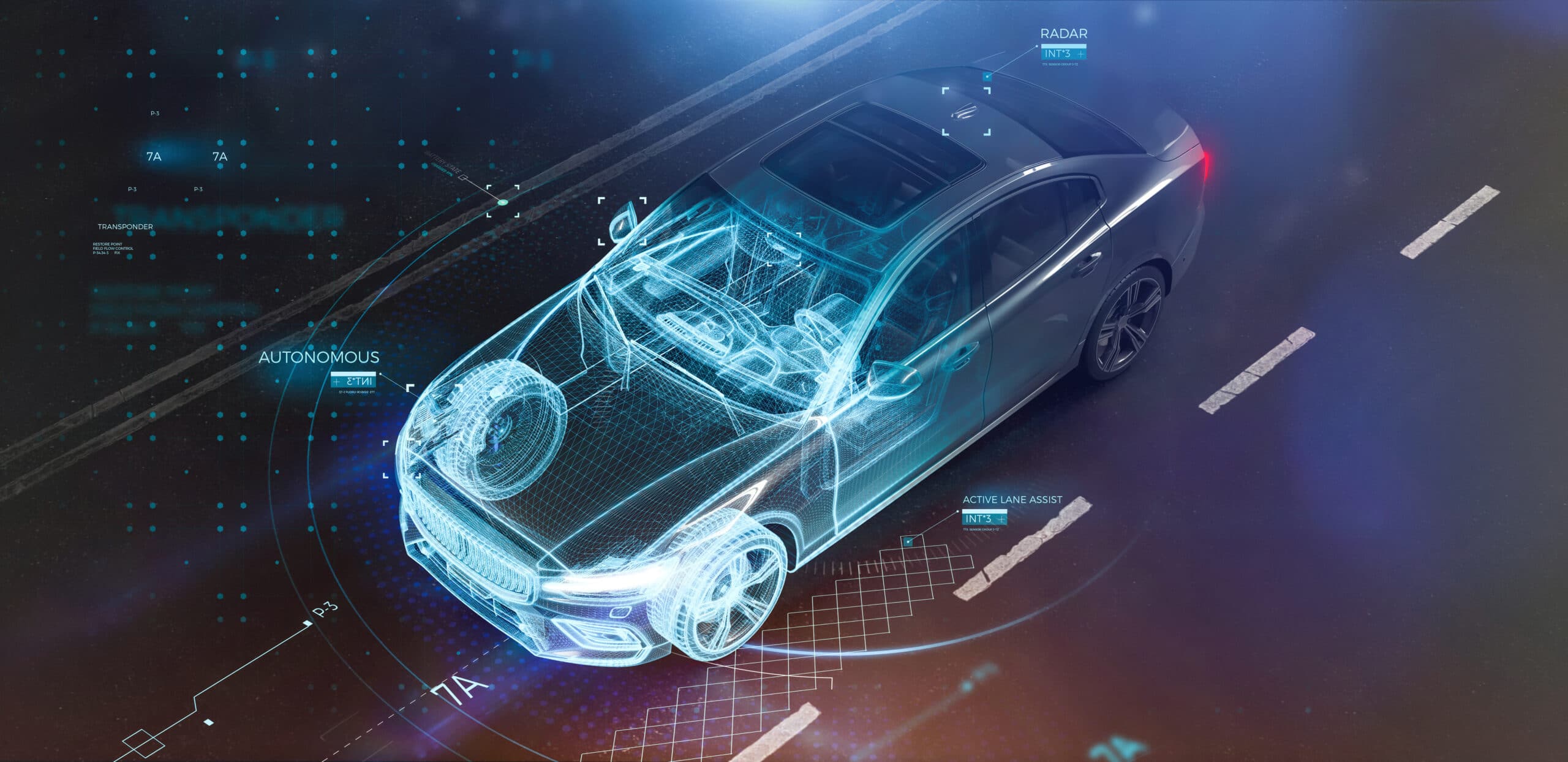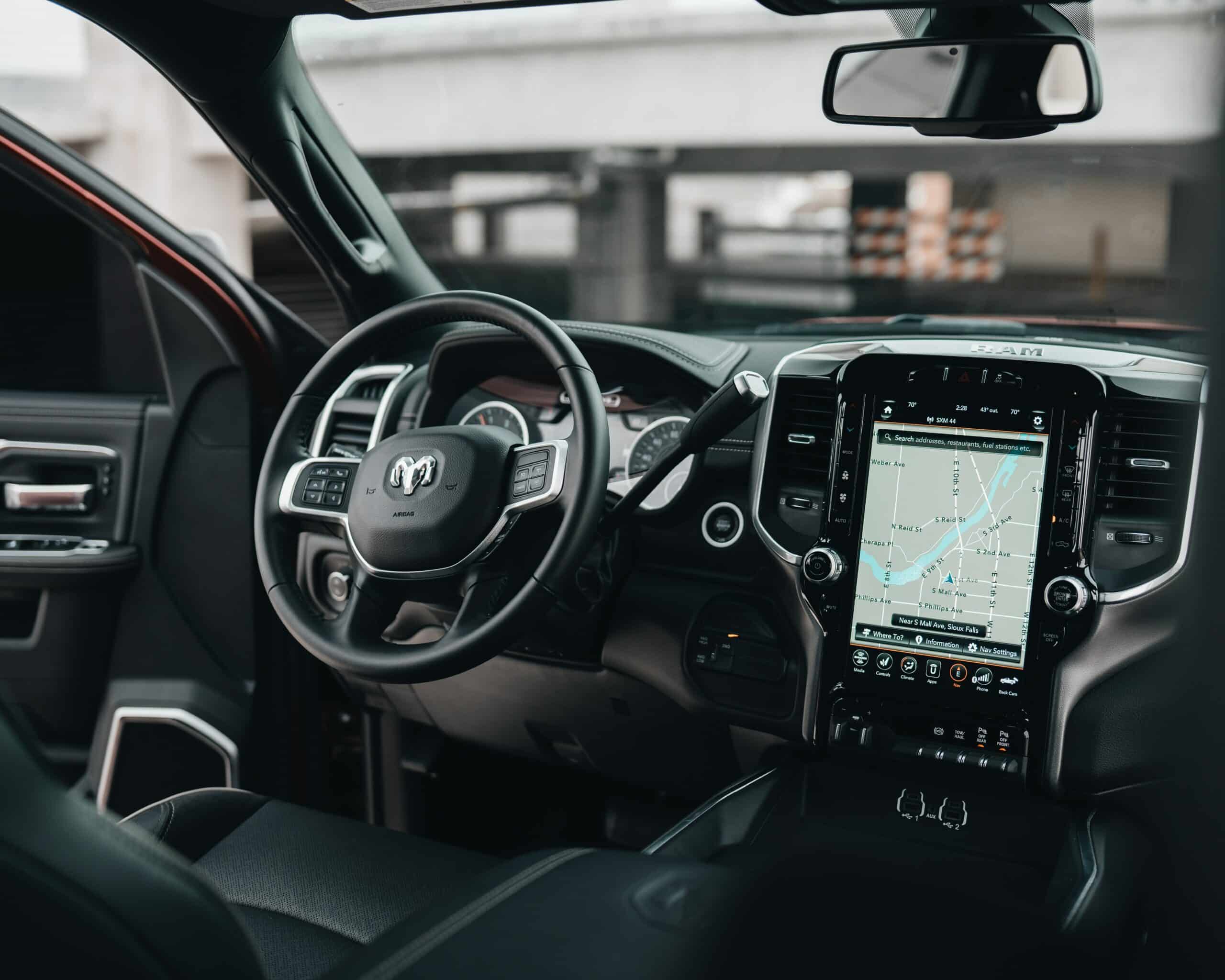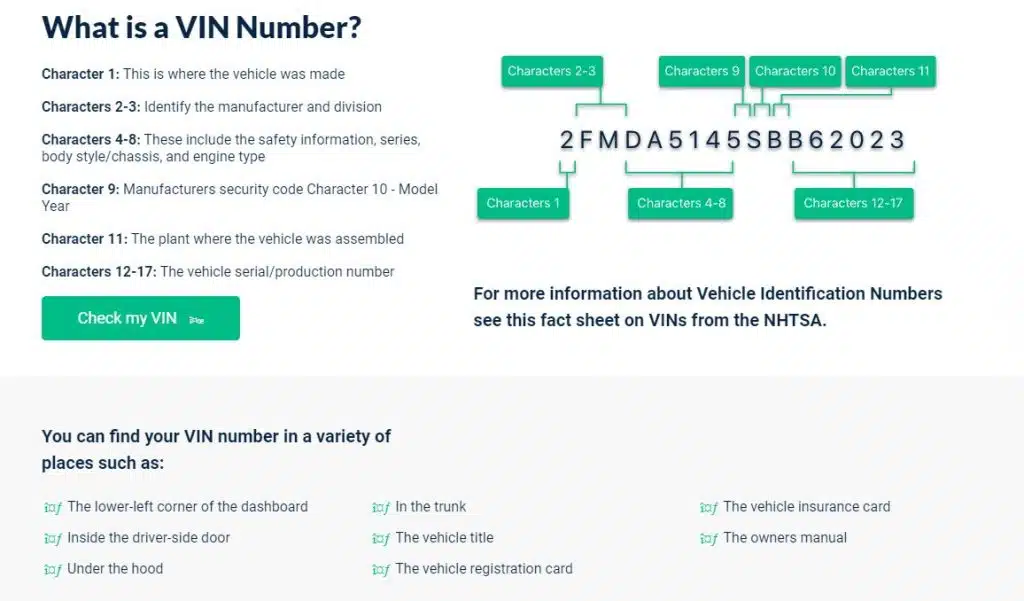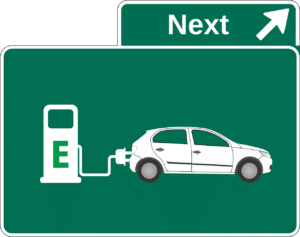Are you familiar with standard car safety features? There are several improvements in the industry. In the early days of automobiles, nobody thought very much about safety implications. After all, the first cars were slow and somewhat unreliable. Drivers faced more risk from getting stranded while traveling than from getting injured in a crash.
However, modern cars travel at high rates of speed. They must navigate heavy traffic and unpredictable environmental conditions. That reality, along with regulatory intervention, push automakers to design new car safety features. Drivers and passenger are safer than ever. For instance, front and rear seatbelts are standard. Anti-lock brakes and airbag systems also improve safety.
The latest generation of cars goes much further than that. It’s a good thing they do. According to the Bureau of Transportation Statistics, there are now almost 7 million automobile crashes every year. And each year, crash survival rates improve. Following are the latest car safety features making that possible.

Car Safety Features
Forward Collision Warning (FCW)
One of the most common new car safety features is forward collision warning (FCW). An FCW system uses radar or LiDAR to detect objects in front of a vehicle. The system measures the distance to the object as well as the vehicle’s closing rate to determine when the vehicle must stop to avoid a collision. The driver is alerted to the danger with visual, tactile, or audible warnings in time for them to take corrective action. It’s a remarkably effective solution. The Insurance Institute for Highway Safety (IIHS) reports that FCW reduces rear-end collisions. These are the most common type of car accident – by 27%.
Automatic Emergency Braking (AEB)
On the road the difference between getting into a crash and avoiding one comes down to a split-second decision by drivers. Humans do not have the quickest reaction times in the world. This includes when they are paying careful attention to the road! Therefore, car manufacturers use automatic emergency braking (AEB) systems to help them.
Such systems, like FCW, rely on road and traffic sensors that detect potential collisions faster than the driver. Most systems sound a warning to alert the driver to danger and apply appropriate braking force if the driver does not react in time. Many also activate seatbelt locking mechanisms to protect the driver from the force of a sudden stop.
Lane Departure Warning (LDW)
Another problem that leads to crashes occurs when drivers stray from their lane while traveling at high speeds. Most of the time, this is due to the driver getting distracted or to exhaustion of a long, monotonous drive. Lane departure warning (LDW) systems monitor the painted lane markings on the road and sound an audible alert if the driver begins to drift over the lines without signaling. The alert gives the driver the chance to correct their steering before it causes a crash. Some more advanced LDW systems even work to keep a vehicle in its lane by adjusting the steering without the need for driver intervention.

Even More Features
Blind Spot Warning (BSW)
In situations when a driver signals to change lanes, an LDW system will not engage. That does not mean it is safe for the driver to cross into another lane. This is because most vehicles have blind spots. These are areas where the driver cannot see using their rear-view and side mirrors. Other vehicles lurking in those blind spots pose a collision risk during a lane change.
A blind spot warning (BSW) system uses small cameras or radar systems to monitor blind spots. It alerts drivers to the presence of other vehicles or potential hazards. They also alert the driver with an audible tone or with a symbol or mirror indicator when there’s something in the vehicle’s blind spot.
Rear Cross-Traffic Alert (RCTA)
Although all vehicles manufactured since 2018 have backup cameras to assist drivers when their vehicle moves in reverse, there is another system that is even more effective in preventing backup accidents. It is the rear cross-traffic alert (RCTA). Just like the other systems covered here, RCTA uses sensors to monitor the rear of the vehicle when in reverse to look for danger.
It is helpful because drivers have the low visibility when traveling in reverse. This is true even when using a backup camera. RCTA systems can detect people and objects approaching the rear of the vehicle from the periphery where the driver cannot see. In this way, they can stop their car if an animal or small child crosses the vehicle’s path.
A Safer Driving Future
The features mentioned here are becoming more common in today’s vehicles. Many are standard equipment on new cars. The technology that makes them possible is also changing into the systems that enable the next generation of autonomous vehicles. Together they are making the driving experience safer than at any other point in automotive history. Although accidents still happen, the odds of surviving in a car crash have never been better. That is great news for the multitude of drivers on the roads today.
When Purchasing A Vehicle
Always remember to have a VINsmart report run on the vehicle before making any vehicle purchase. A VINsmart report runs a complete history on the vehicle including whether it has ever been reported as stolen, has been involved in a major accident, or has been listed as a totaled vehicle.
VINsmart reports will also give you a history of every time the vehicle has been registered as well as a history of the mileage. It reports any significant incidents related to the vehicle, such as being involved in a fire or flood.
When you are going to purchase a used vehicle, the best way to ensure you are making a good purchase is to know the vehicle’s complete history.






